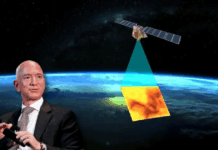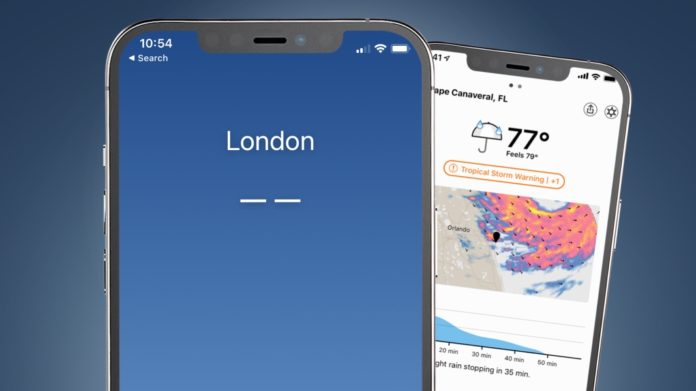For the past seven weekends, the city of New York has experienced relentless rainfall, coincidentally only during the weekends, never during the week, and never for just a brief period. The seemingly sentient inclement weather appears to have an uncanny knack for timing, always choosing Fridays to disrupt the plans of New Yorkers.
Apple’s Weather App: A Disappointing Companion
During this extended period of inconvenient weather, the inadequacy of Apple’s weather app has been glaringly evident. It has failed to accurately distinguish between “light rain” and more substantial precipitation, and its percentage-based predictions have often felt unreliable.
New York residents have learned not to place their trust in the app when it comes to determining the timing of rainfall. This frustration is not isolated, as numerous friends and colleagues have shared their own stories of disappointment. Some even reminisce with a touch of melancholy about Dark Sky, a beloved weather-forecasting app that Apple acquired in 2020, suggesting that things were better in the past.

The Algorithmic Limitations
This collective exasperation prompted a closer examination of the reasons behind the shortcomings of Apple’s weather app. Expert insights shed light on the root cause of the problem: algorithms, which have limitations when it comes to the accuracy of weather predictions. While it’s comforting to have a specific explanation for the app’s inadequacy, this exploration unexpectedly led to a newfound appreciation for local meteorologists and a deeper understanding of weather forecasting.
The primary grievance regarding Apple’s weather app centers on its inability to provide straightforward answers regarding rainfall. Rain brings with it soggy socks, puddles, and persistent dampness in clothing that lingers throughout the day. Understanding the weather is vital for making informed decisions about attire and plans, and the need for precise and reliable weather information is clear.
The Role of Algorithms in Weather Forecasting
Apple’s weather app, like many others, relies on algorithms to interpret data from various sources, including weather models, location data, and current observations. These algorithms, however, have inherent limitations, often stemming from the imperfections in the underlying weather models.
For instance, the Global Forecast System (GFS), a prominent weather model, tends to err on the side of projecting storms moving too quickly out to sea, leading to inaccuracies in predictions. Human meteorologists, armed with an understanding of the model’s shortcomings, can provide more accurate forecasts.
The influence of terrain on weather predictions is also a crucial factor. Weather apps tend to perform better in regions with predictable precipitation patterns and minimal topographical complexities. The presence of mountains or other geographical features can disrupt the accuracy of predictions, as seen in the case of Durango, Colorado.
Perspective on Weather Apps
While there may be inconveniences with weather apps, it’s important to consider the remarkable progress made in weather prediction over the years. These apps represent a significant technological achievement, especially when compared to the less accurate weather predictions of the past. The development of increasingly detailed data has significantly improved forecasting models, reducing uncertainties in predictions.
/cdn.vox-cdn.com/uploads/chorus_asset/file/24610305/WeatherFit.jpg)
In essence, most weather apps draw their data from the same source—the National Weather Service, a branch of the National Oceanic and Atmospheric Administration. Regional offices process this data, and weather companies further refine it to create predictions. There should be minimal variances between the information provided by different weather apps, as they all rely on the same foundational data.
The Value of Meteorologists
While minor grievances about weather app accuracy are valid, it’s important to distinguish between the grand scale of weather forecasting, which has far-reaching implications, and the more localized concerns of “now-casting.” Weather forecasting has seen substantial advancements, and understanding the value of meteorologists who interpret complex data and local weather behavior is crucial.
Despite the strides made in technology, meteorologists remain indispensable for their ability to comprehend the intricacies of weather and provide valuable insights that algorithms cannot replicate. In conclusion, while weather apps have their limitations, they coexist with human expertise, creating a more comprehensive understanding of the ever-changing weather.
Stay tuned to Brandsynario for the latest news and updates.




































